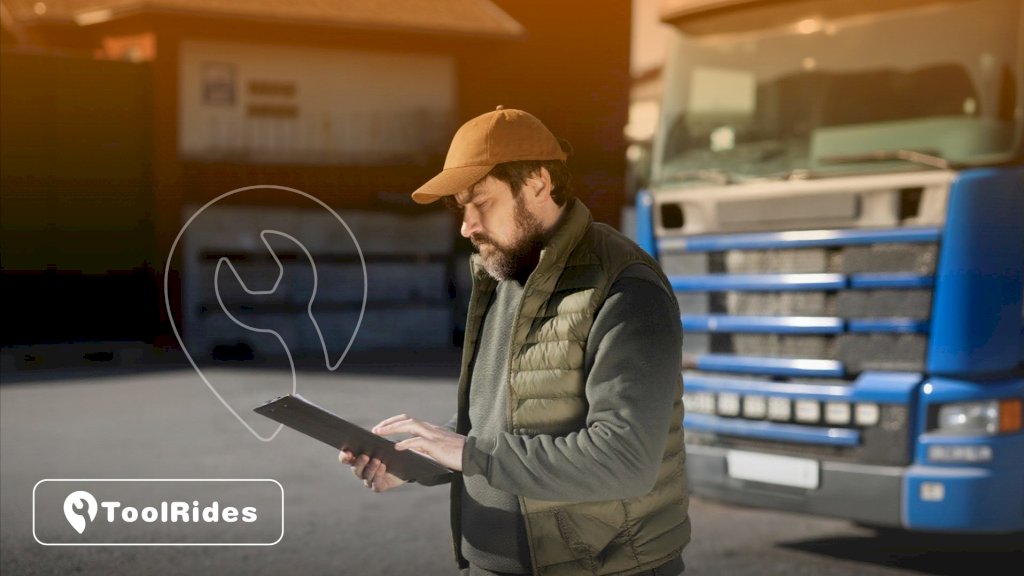First of all, it is very important that you understand the concept of traceability so that you have a better idea of what it is and what benefits it could bring to your business. This process in logistics is related to the origin and the different stages that a product goes through along the supply chain, including, of course, the last mile of logistics, when the product is already sent to the customer.
To know where a product is in the shipment, this process will be the most accurate and with it you will have greater security regarding the tracking of orders until they reach the customers. In this article we will tell you in detail about this process in logistics, in addition to the types that exist in this process and their main functions.
What is logistics traceability?
When we talk about traceability, we are referring to the set of procedures and measures that tend to record and identify a good from its origin to its final destination. This logistics process seeks to know where and under what conditions the product is located within the supply chain.
In this way, it helps to know the components, the origin of the goods and the treatments attributed to the products or the distribution process that has been followed. It is a process in logistics that includes methods to improve, verify and secure the products.
The components of this process are a procedure that is increasingly in demand in the logistics area and includes large companies that work with the supply chain. This is also the case of ToolRides, as experts in transport, especially in logistics services anywhere through software that helps you with the process, helps you monitor deliveries to the final destination.
Types of traceability
When it comes to understanding this type of processing of a product moving along the supply chain, we can talk about four main areas depending on the origin or meaning.
Traceability according to origin
For this type of processing there are a variety that are dedicated to specific cases:
-
Internal: refers to being able to obtain the trace left by a product through all the internal processes of a company, with its manipulations, its composition, the machinery used, the shift, temperature, batch, etc.
-
External: consists of being able to externalize the data of the internal trace and add some more indications.
To obtain product traceability, it is necessary to record the indications left by the products as they move along the chain, either in the normal or reverse direction.
Depending on the direction
In the case of the address, a different procedure is also carried out. This is done in two ways:
-
Reverse: This refers to the receipt of products from suppliers. At this stage, records are key to tracking the movement of products back to their origin.
-
Forward: This is the product that is ready for shipment and the immediate customer to whom it is delivered. It covers what and to whom the products are delivered. From this point on, the products are out of the company's control.
Before these types of procedures are applied, it is necessary to evaluate the needs of each service and then the business will assign the most appropriate procedure.
What is the role of traceability in logistics?
Traceability plays an important role in the product transport phases. A tracked product flow brings many benefits, including: easy reception in warehouses, immediate determination of stock, information to recipients, improved planning, facilitation of inventories and much more.
The challenge of logistics is to be able to combine the production and transport processes in order to advance throughout the chain on the basis of an informed product, on the one hand, interested in the process.
The needs of logistics systems also push the company to evolve technologically, whether with connector objects, RFID, geofencing, mobile applications and collaborative portals. Technologies make traceability possible from manufacturing at the supplier's facilities to the box.
Visibility and logistics traceability
In logistics services , implementing a system with this in particular provides numerous benefits for businesses, consumers and authorities. In the first case, it helps to identify critical points along the supply chain to solve incidents and gain productivity. As for consumers, it improves confidence in the purchase of products and services, especially in a globalized economy with complex flows of goods, both national and international.
For authorities, visibility and logistical processing are key in public health sectors such as pharmaceuticals or food, since the systems in them are a reading of the records of the same procedure, and they are also mandatory. Today, we see that each new supply chain information systems project includes a chapter on connectivity, visibility and much more. This has become essential for different types of businesses.
To have a complete view of your business logistics, no matter how fragmented or complex it may be, it is necessary to have systems. Traceability is one of them, although there are still some limits. Finally, if you need help, ToolRides can advise you on how to improve delivery systems through route optimization software.






